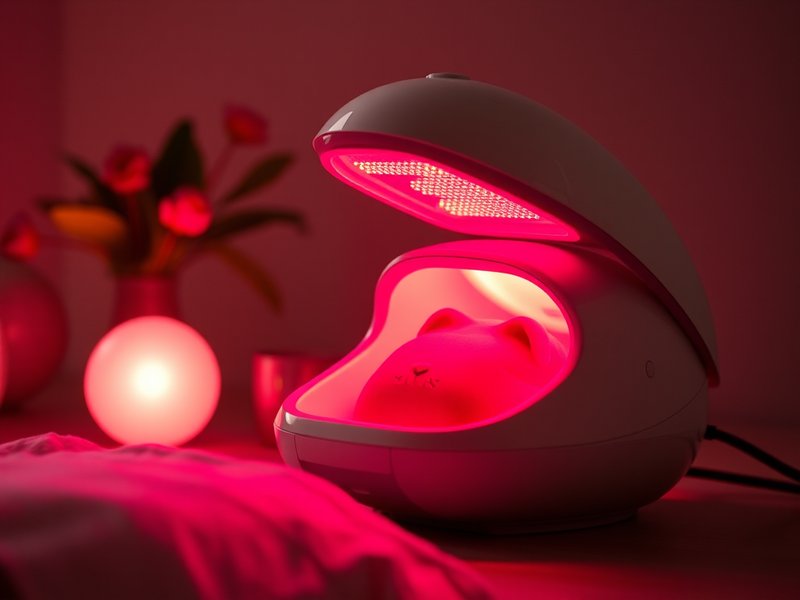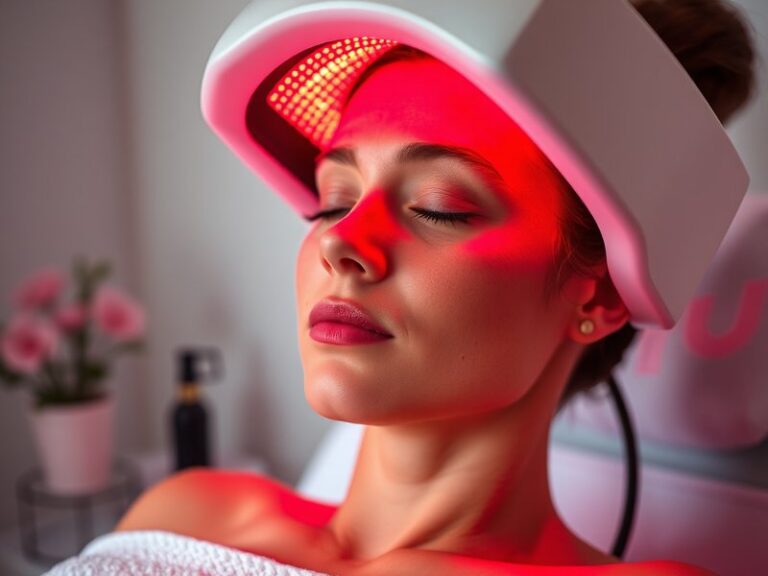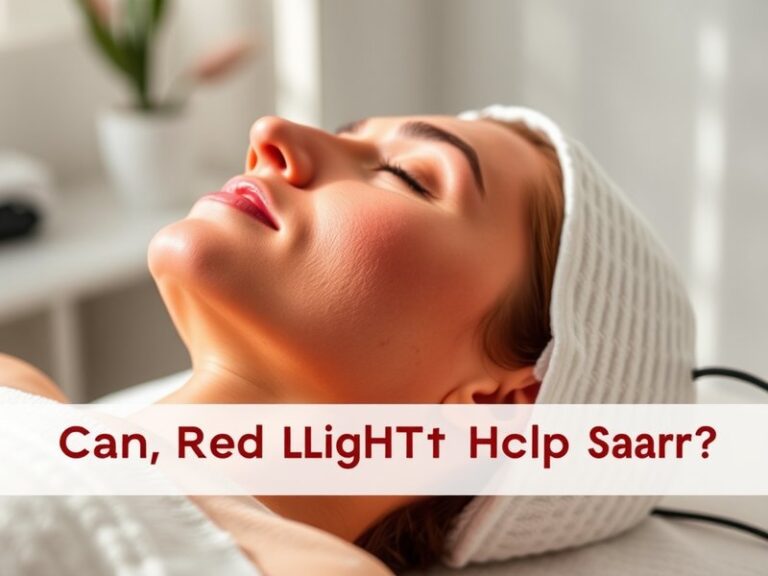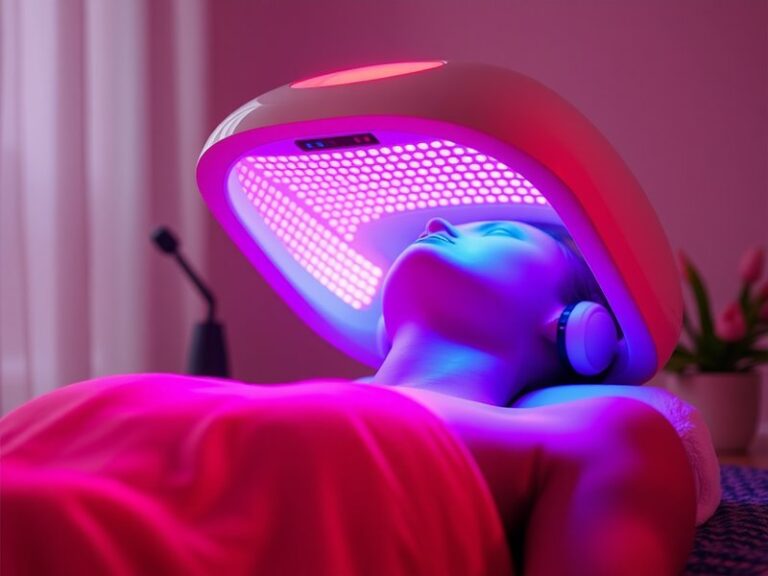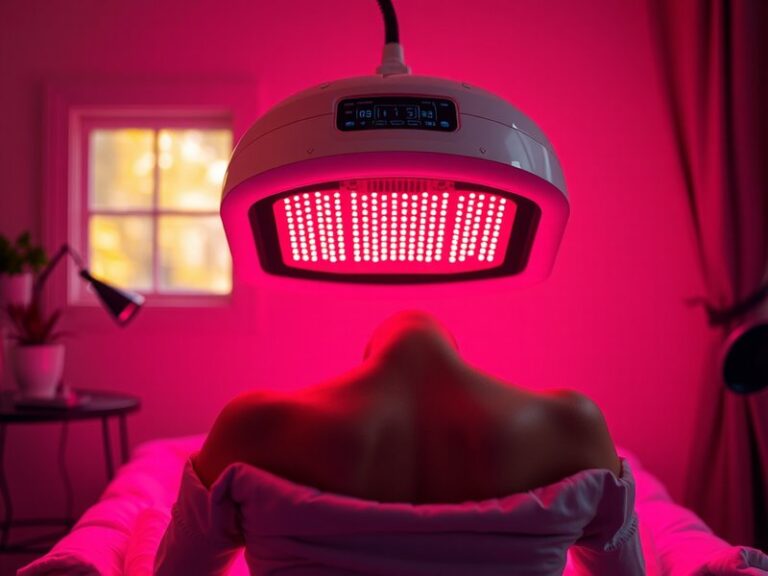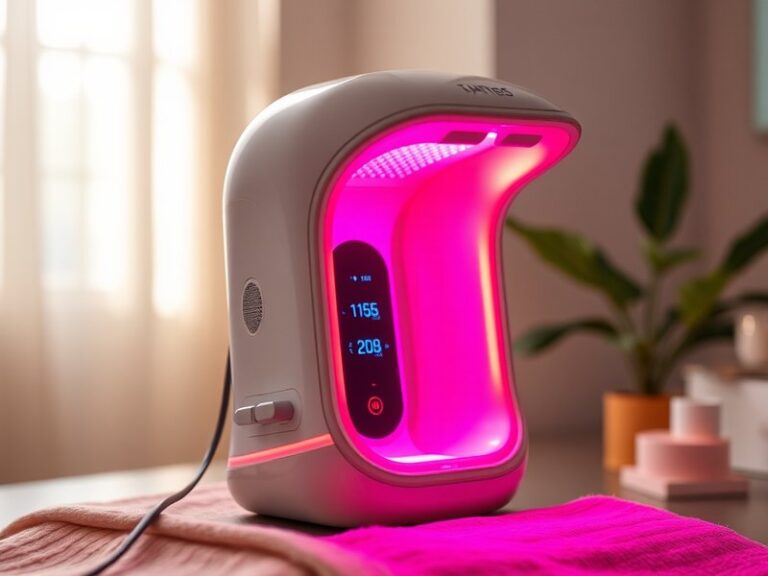Does Red Light Therapy Kill Lice?
Does Red Light Therapy Kill Lice?
Is your child suffering from an itchy scalp, and you’ve tried countless remedies with little success? You may have heard about red light therapy as a potential solution for killing lice. In this article, we will explore the efficacy of red light therapy against lice, the science behind it, benefits, alternatives, and what parents should consider before trying this treatment.
Key Takeaways
- Red light therapy uses specific wavelengths of light to target cells and may affect some types of pests.
- Current research does not conclusively support the idea that red light therapy effectively kills lice.
- Traditional treatments, including over-the-counter shampoos and natural remedies, remain the most recommended methods for lice eradication.
What is Red Light Therapy?
Red light therapy, often referred to as low-level laser therapy (LLLT), is a treatment that uses low-power red wavelengths of light to promote healing, reduce inflammation, and regenerate cells. It has gained popularity in various fields, from dermatology to physical therapy, thanks to its non-invasive nature.
How Does It Work?
This therapy works by penetrating the skin and stimulating cellular function. The energy absorbed by the cells encourages tissue repair and muscle regeneration. While it boasts success in managing hair loss, acne, and pain relief, its effectiveness against parasites like lice is still in question.
What are the Benefits of Red Light Therapy?
Though traditional applications of red light therapy are widely recognized, exploring its supposed benefits against lice can be illuminating.
Non-Invasive Treatment
Red light therapy is painless and does not involve chemicals or harsh treatments that could irritate the skin or scalp. It’s a gentle option for those who may have sensitivities to traditional lice shampoo ingredients.
Improves Scalp Health
In some cases, red light therapy can enhance overall scalp health, promoting better hair growth and reducing inflammation. A healthier scalp can minimize irritation caused by lice infestation, although it may not eliminate the lice themselves.
Potential Wound Healing
For those who are scratching due to lice, red light therapy may aid in topical healing, reducing secondary infections caused by open sores from itching.
Supports Hair Follicle Health
Some people believe that support for hair follicles can result in stronger hair. This benefit could indirectly help those dealing with lice by improving overall hair resilience.
Is it Possible to Kill Lice with Red Light Therapy?
There is limited scientific evidence to support any claims that red light therapy can effectively kill lice. While fleas and ticks are targeted by certain wavelengths, lice may not respond similarly due to their unique biology.
What are the Advantages of Using Red Light Therapy?
- Non-toxic: Free from the chemicals often found in lice treatments.
- Safe for regular use: Unlike topical treatments, there is generally less risk of resistance developing.
- May complement existing treatments: It can be used alongside traditional treatments to improve scalp and hair health.
What are the Disadvantages of Using Red Light Therapy?
- Lack of definitive evidence: No conclusive studies confirm its efficacy against lice.
- Can be costly: Regular sessions can add up, especially if no results are achieved.
- Requires commitment: Regularity is crucial for potential benefits, adding time constraints to treatment.
What are the Things to Consider Before Trying Red Light Therapy on Lice?
Before opting for red light therapy as a lice treatment, consider these factors to make an informed decision.
Efficacy Concerns
Research on red light therapy’s effectiveness against lice is sparse. If lice eradication is your primary goal, relying solely on this method could lead to prolonging infestations.
Cost vs. Traditional Treatments
Traditional lice treatments are often more affordable and widely supported by dermatological guidelines. Assessing your budget can determine the most practical approach.
Availability of Equipment
Not all clinics or home devices provide the necessary spectral wavelengths for effective treatment. Ensure you have access to quality red light therapy systems if you decide to proceed.
What are the Alternatives to Red Light Therapy for Lice?
Fortunately, there are several well-established alternatives for lice treatment that have proven effective.
Over-the-Counter Lice Shampoos
These products contain active ingredients such as pyrethrin or permethrin, designed to kill lice and their eggs quickly and effectively.
Natural Remedies
Some natural treatments, such as essential oils (like tea tree oil, lavender oil), have anecdotal support for lice removal. However, their efficacy may vary and should be used with caution.
Nit Combs
Using a fine-toothed nit comb may be tedious, but it helps physically remove lice and their eggs from the scalp, ensuring that no pests are left behind after treatment.
Conclusion: Is it Recommended to Use Red Light Therapy for Lice?
While the concept of using red light therapy to kill lice seems promising at first glance, current evidence does not support its efficacy as a standalone treatment. Traditional methods like medicated shampoos and manual removal via nit combs remain the most reliable approaches. If you’re considering red light therapy, it may be beneficial as an adjunct treatment to improve scalp health, but it should not replace proven lice eradication methods.
Frequently Asked Questions
Can red light therapy irritate the scalp?
Red light therapy is generally considered safe and non-irritating for most individuals. However, if your scalp is already sensitive due to itching, it’s essential to consult with a healthcare provider before proceeding.
How long does red light therapy take?
Sessions can range from 10 to 20 minutes, but treatments should be consistent over several weeks to see results for conditions like inflammation or hair issues.
Are there side effects of red light therapy?
Side effects are relatively rare, but some individuals may notice light sensitivity or temporary redness in the treated area. It’s always best to discuss these potential effects with a professional.
Read the detailed post on Can Red Light Therapy Harm Kidneys?
How do I effectively get rid of lice?
The most effective methods include using FDA-approved lice shampoos, manual nit removal with a fine comb, and washing bedding and clothing in hot water to eliminate any lingering lice or eggs.
Can I use red light therapy in conjunction with lice treatments?
Consulting with a dermatologist before combining treatments is advisable, ensuring that the therapy does not interfere with the effectiveness of traditional lice removal methods.
Find out everything in “Red Light Therapy Duration?”
